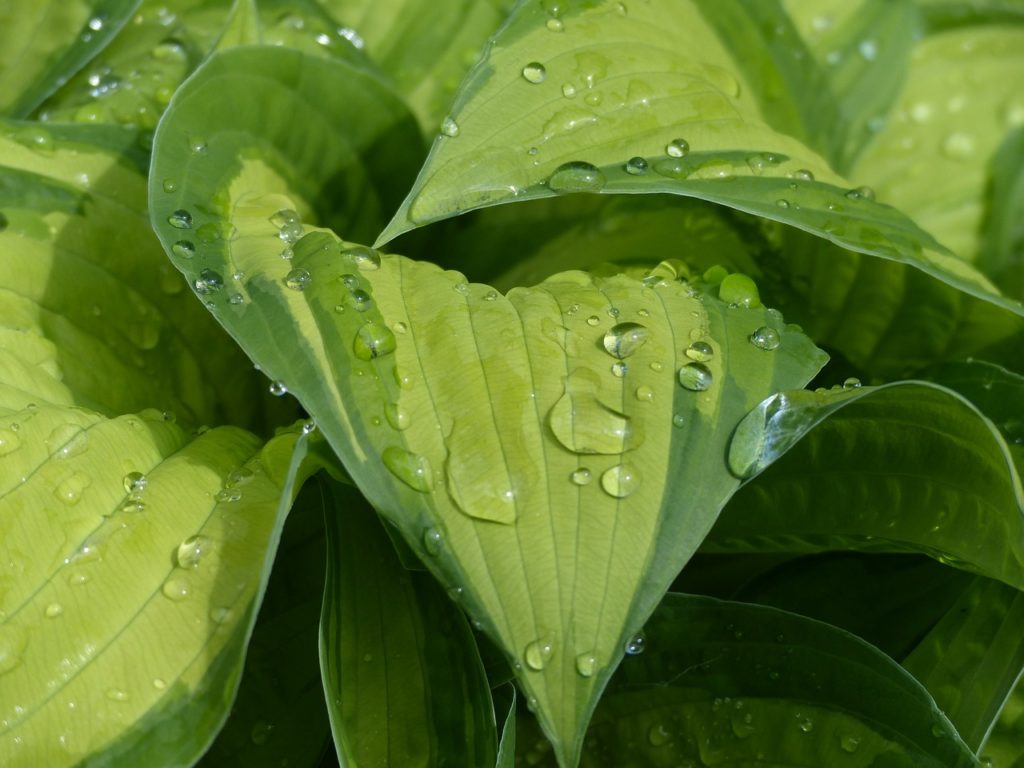 With the start of gardening season comes the start of the seemingly endless battle with pest control. While options like using chemical pesticides or hiring an exterminator can be tempting, they can be harmful to the environment and dangerous for children and pets.
With the start of gardening season comes the start of the seemingly endless battle with pest control. While options like using chemical pesticides or hiring an exterminator can be tempting, they can be harmful to the environment and dangerous for children and pets.
A practical alternative to harsh chemicals is organic pesticides, many of which you can make at home. There are also physical barriers that can be used to prevent pests from making contact with plants. These techniques tend to be cheaper and safer than typical methods of pest control.
At home insecticide
A simple insecticide that can be made at home is a mixture of about 5 tablespoons of all natural liquid soap to every gallon of clean water. Spray on the top and bottom of plant leaves and it will kill soft-bodied insects that come in contact with the plants while wet. Other ingredients can be added to target specific problems, such as adding a teaspoon of garlic or red pepper to get rid of chewing insects, or apple cider vinegar if powdery mildew is a problem.
Diatomaceous earth
Also known as DE, diatomaceous earth is a natural powder that is effective in ridding gardens and houses of insects. Sprinkling it at the base of plants and surrounding areas, or mixing 4 tablespoons of DE with a gallon of water and spraying it onto plants are both effective methods of use. DE can be found for purchase online or in your local home improvement store.
Neem
Courtesy of the tree that bares its name, neem oils are a powerful insecticide when mixed with water and soap. For every gallon of water, add 2 tablespoons of neem oil and a tablespoon of organic liquid soap, and spray on plants. The mixture must be used immediately, and should not be stored.
 Barriers
Barriers
Floating row covers are lightweight fabrics, usually made out of a clear plastic or polyester. These covers are laid over plants and anchored to the ground with weights to prevent them blowing in the wind. Covers keep pests such as birds and bugs from being able to disturb the crops, while still allowing sunlight and rain to seep in. There is no interference with the plants growth, as the covers are so light that the plants can support their weight, as they grow taller.
Ultrasonic pest repellers
Another alternative to sprays or chemicals, ultrasonic pest repellers emit high frequency sounds unable to be heard by the human ear, or larger pets such as dogs or cats. These high frequencies are heard by pests like rodents and insects and deter them from areas within hearing distance. These can be bought online or in most home and garden stores, and vary in price from $15-$100, depending on the radius of the speakers and how many frequencies it projects. They are not recommended for use in areas where smaller pets like rabbits or hamsters will be able to hear it, as it effects them the same way it would the pests.
Pheromones
These secreted or excreted chemical factors are a viable option to keep pests away from plants, by attracting them to a different place. Insects are attracted to the smell, and get caught on the sticky paper on the trap, so they remain away from your garden.
Whatever method you decide to use, be aware of the safety precautions that need to be taken. Even if powders or liquids are nontoxic, they should still be kept out of the reach of children, and not used for purposes beyond their intended use. It is a good idea to wear sunglasses and a mask to cover your eyes, mouth and nose to avoid coming in contact with chemicals.


















